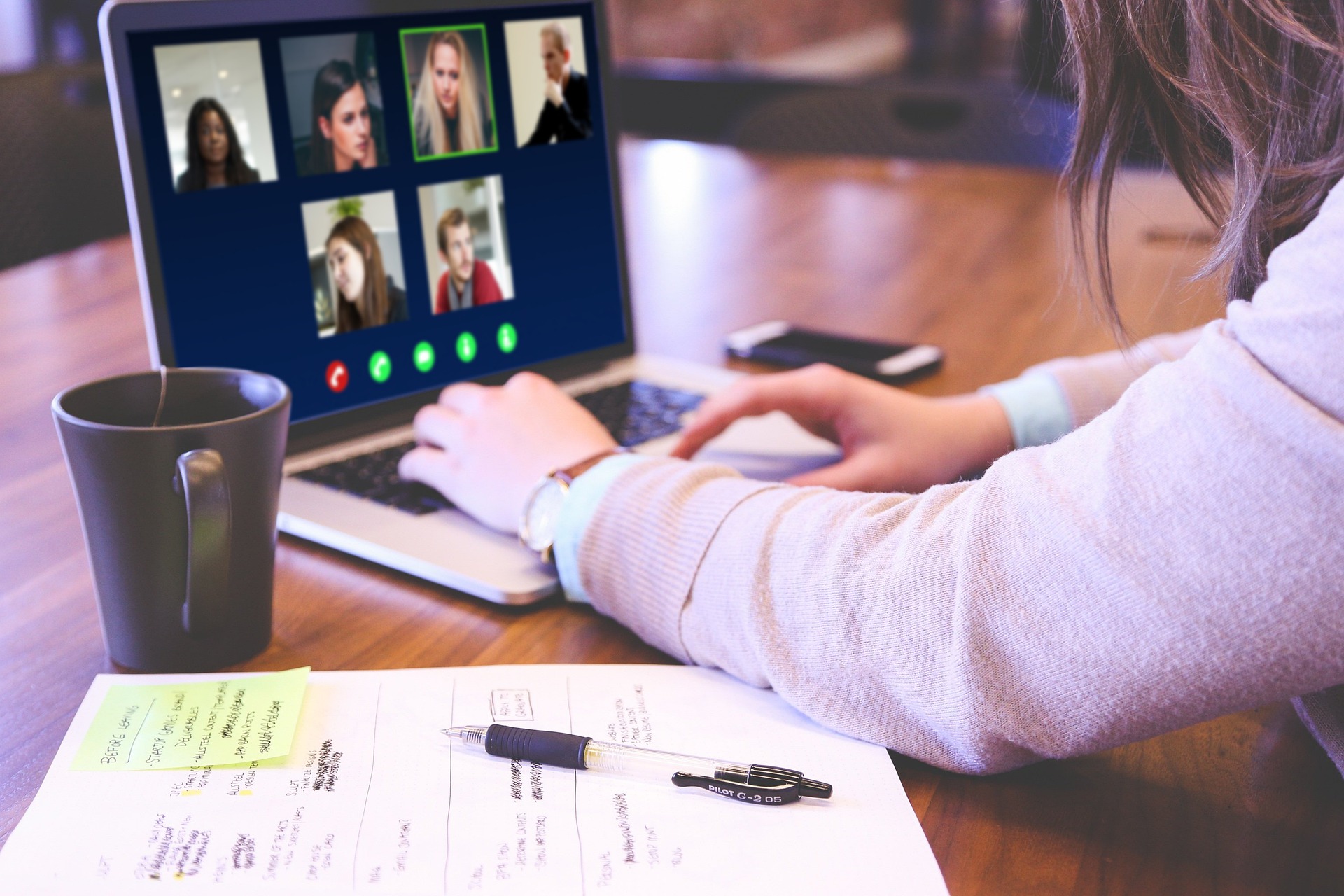Summer is here! And so is the new “normal” following a pandemic. Businesses are reopening, people are traveling, and workspaces are changing.
These shifts provide flexibility and choices we didn’t have before but now we have to figure out – When should you meet in-person or meet virtually?


